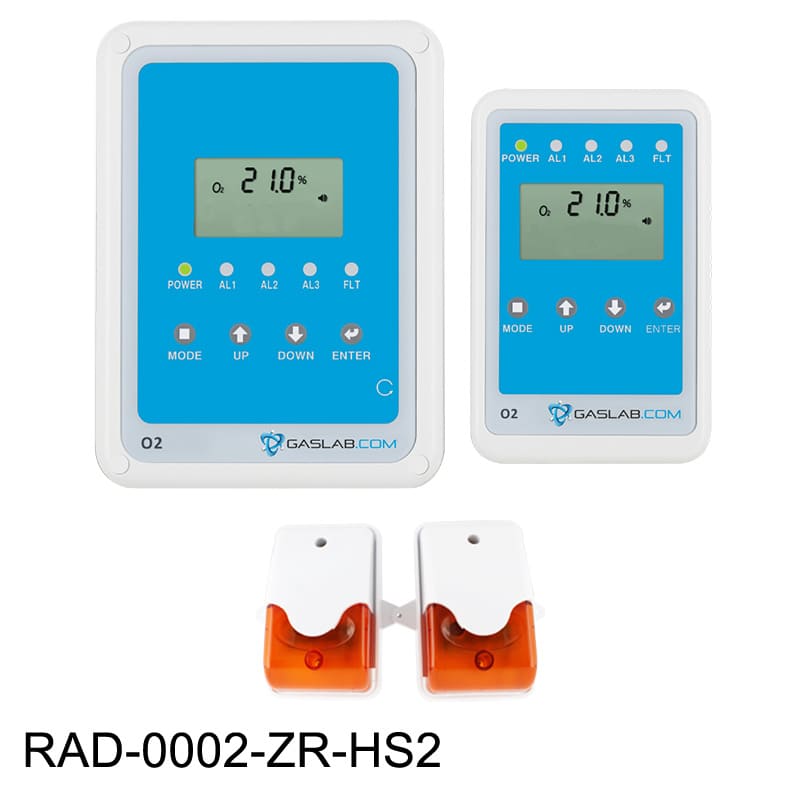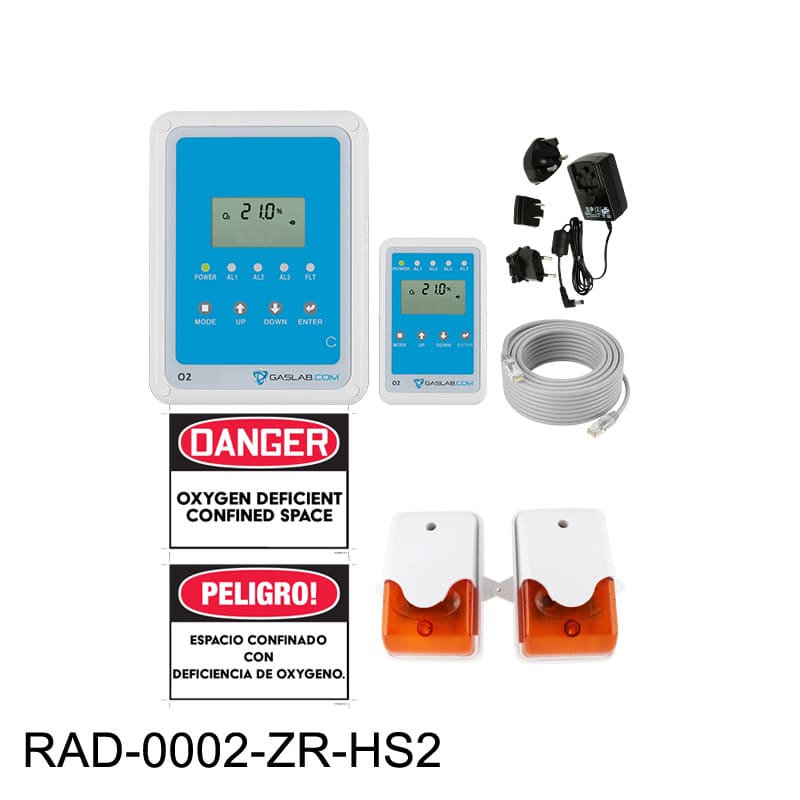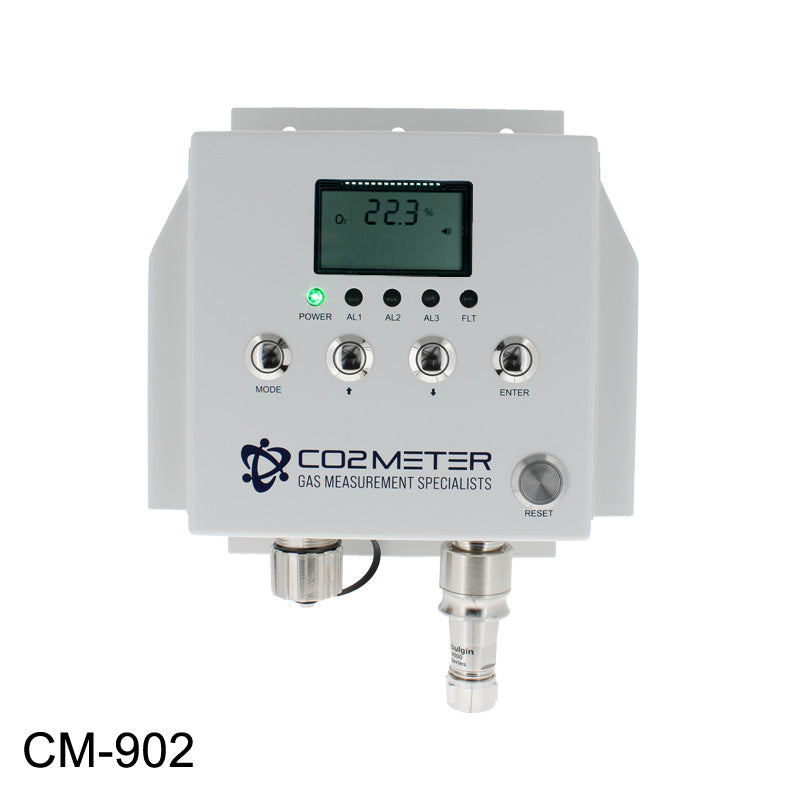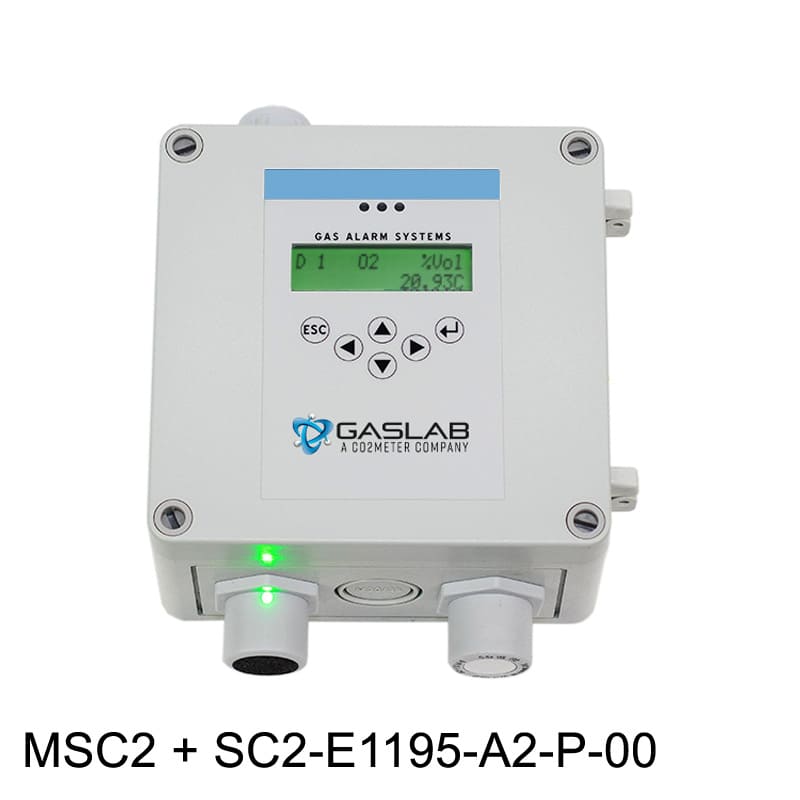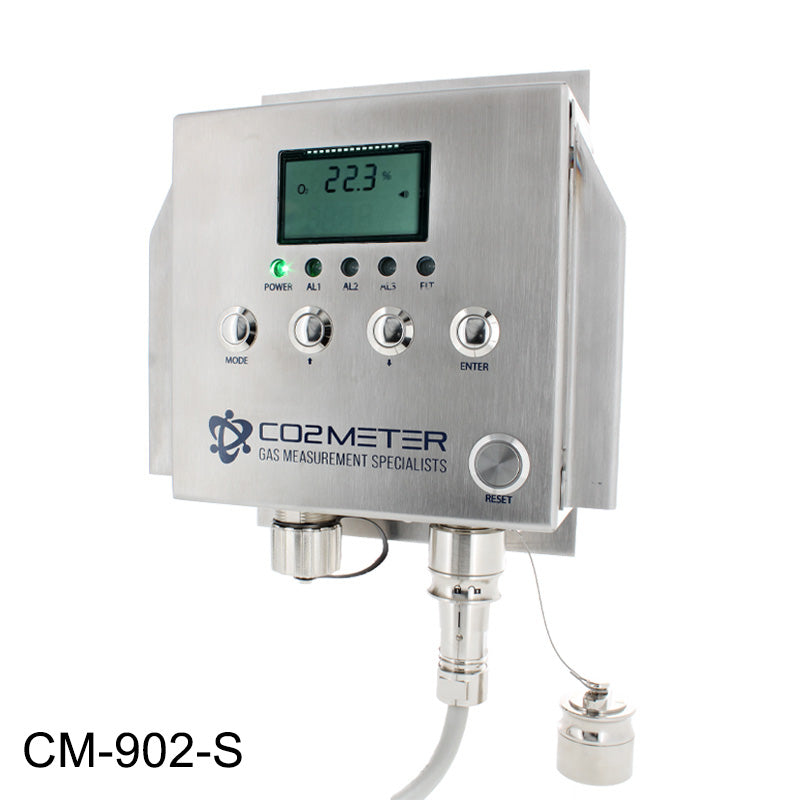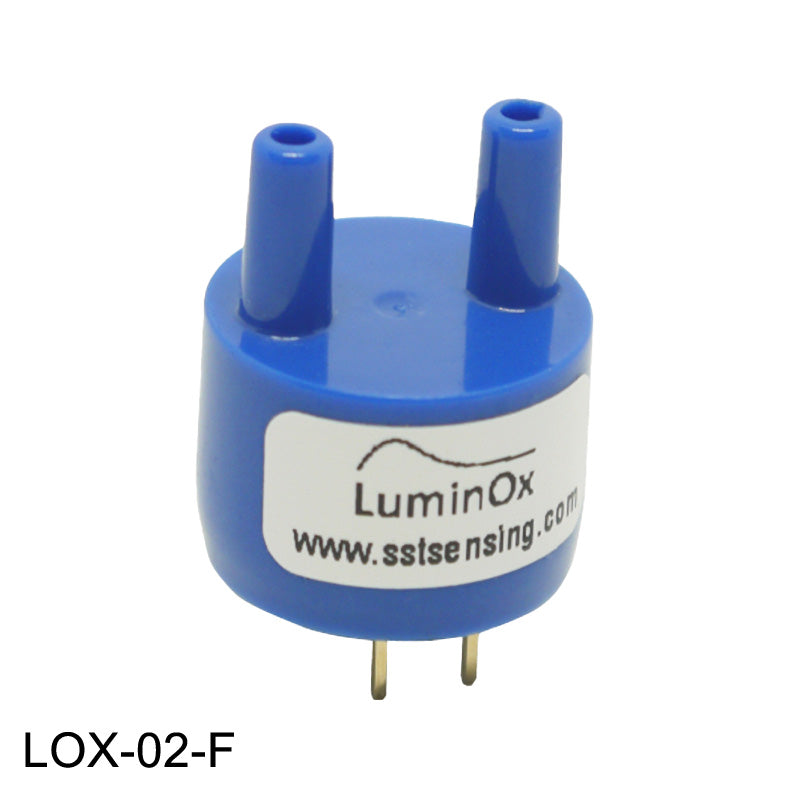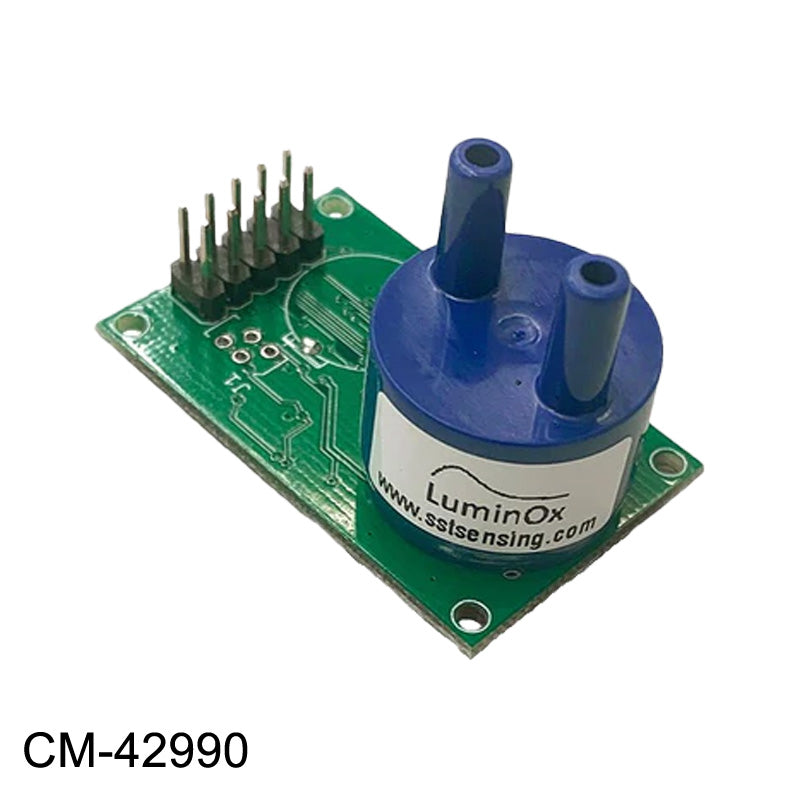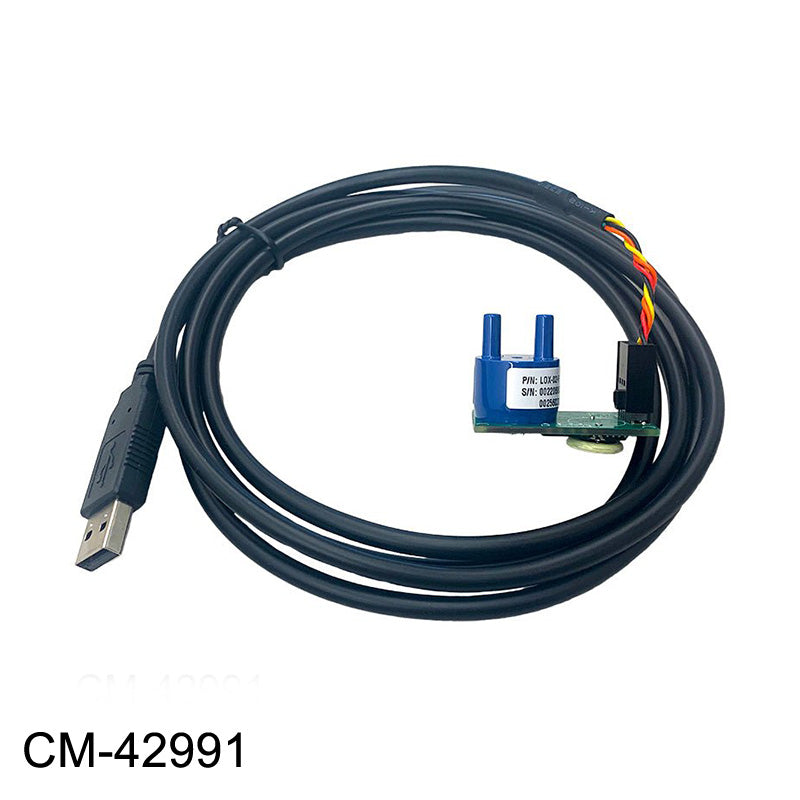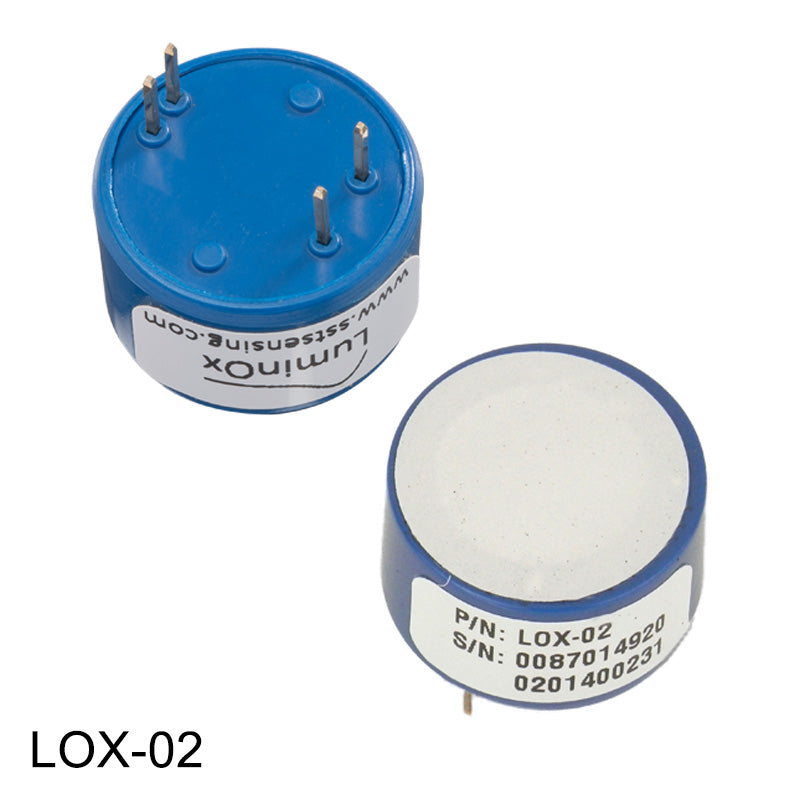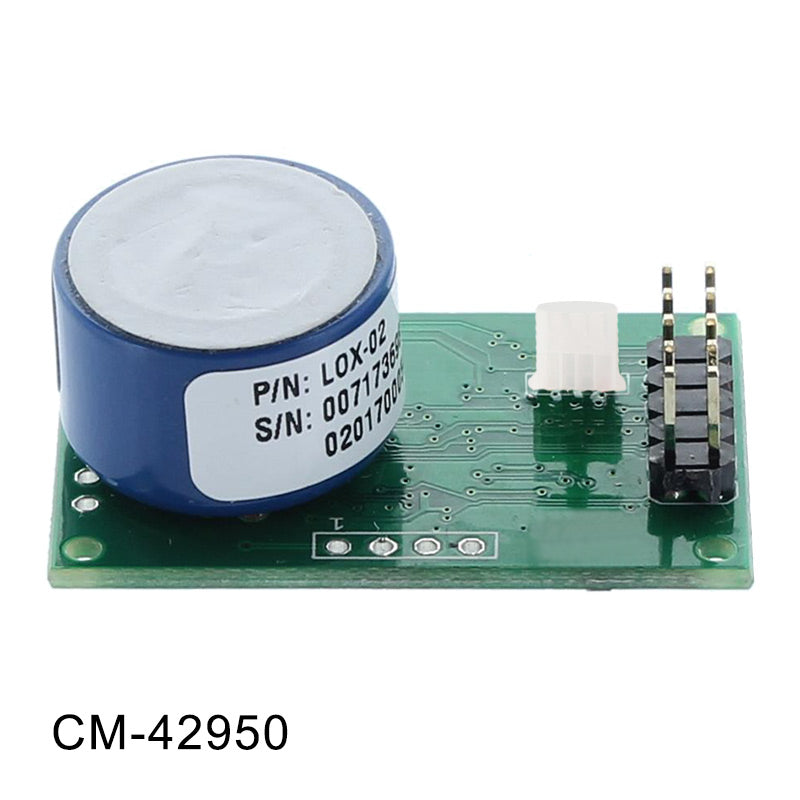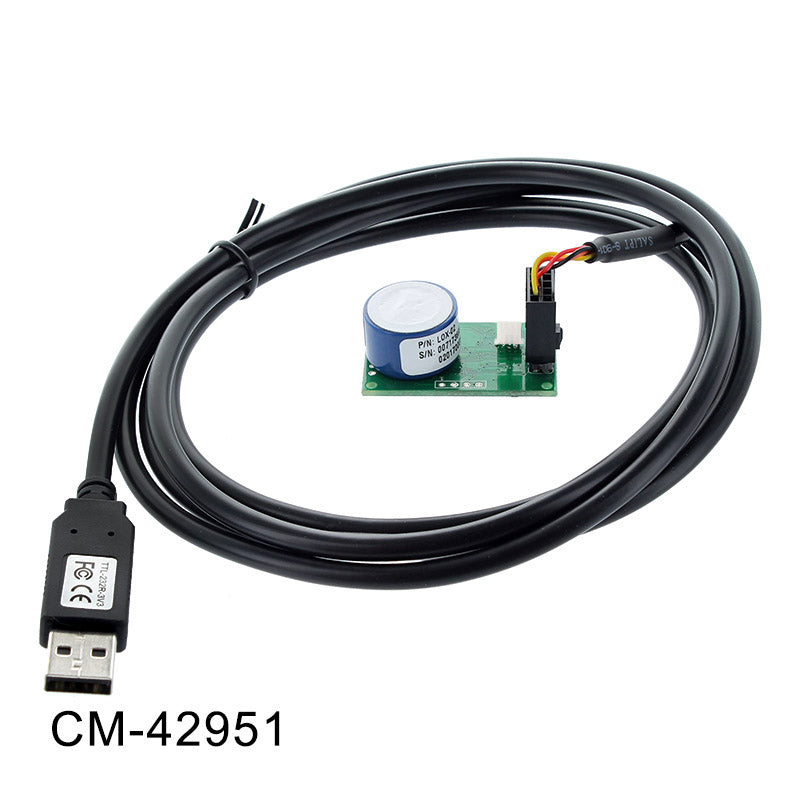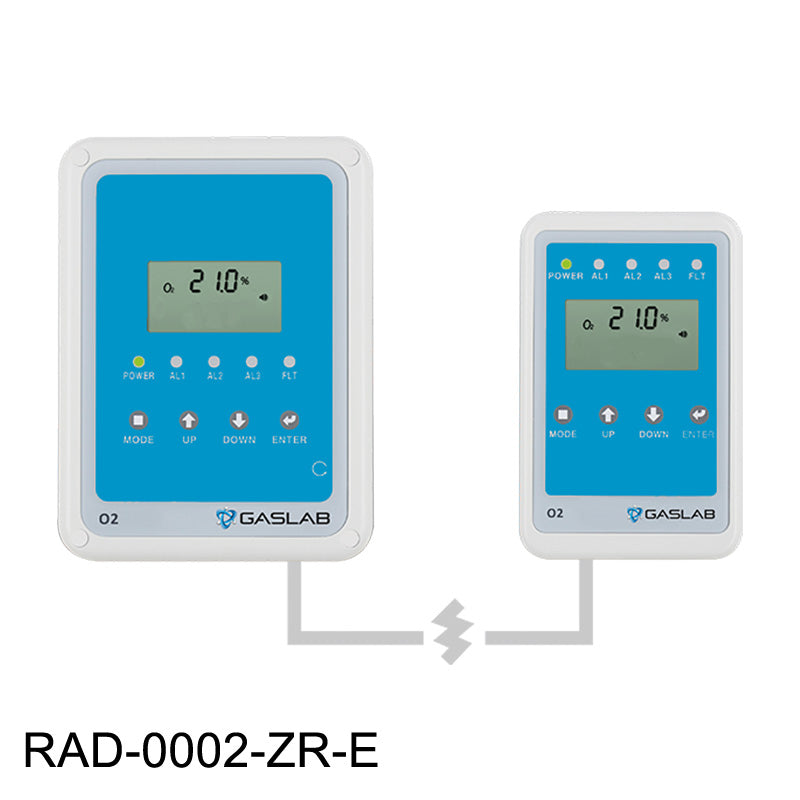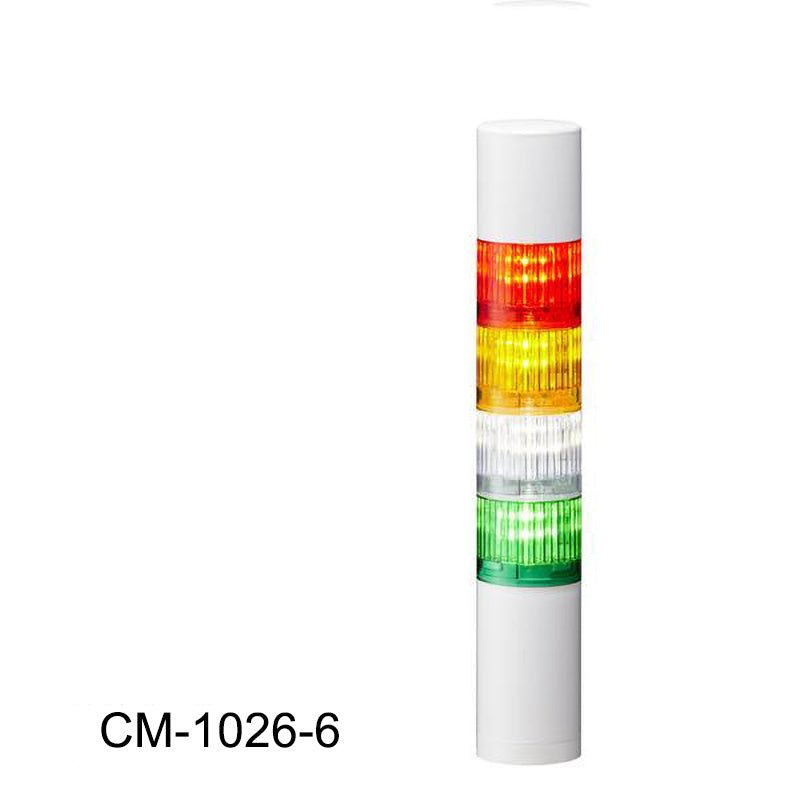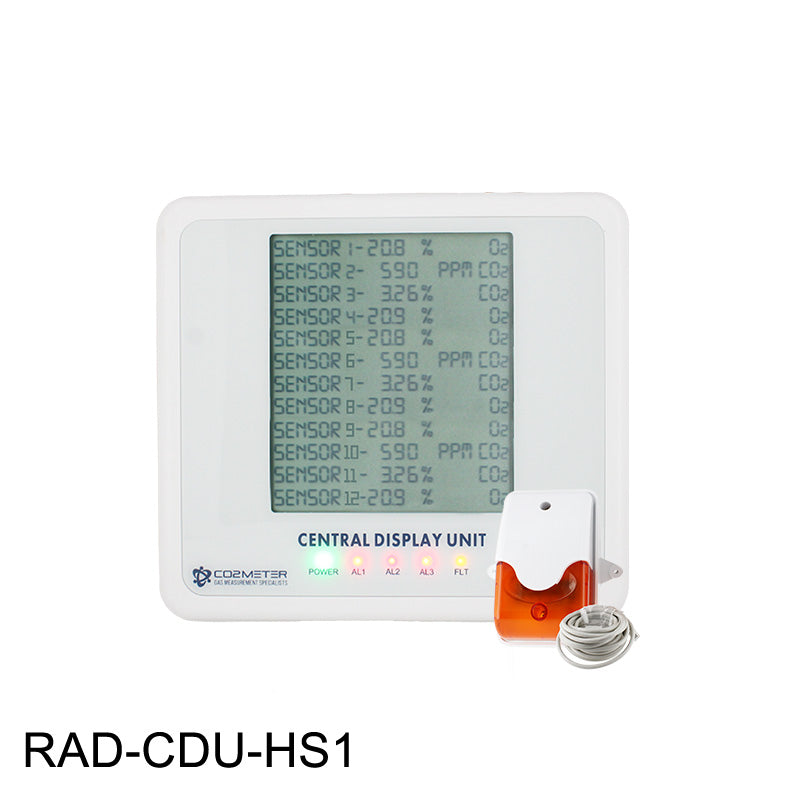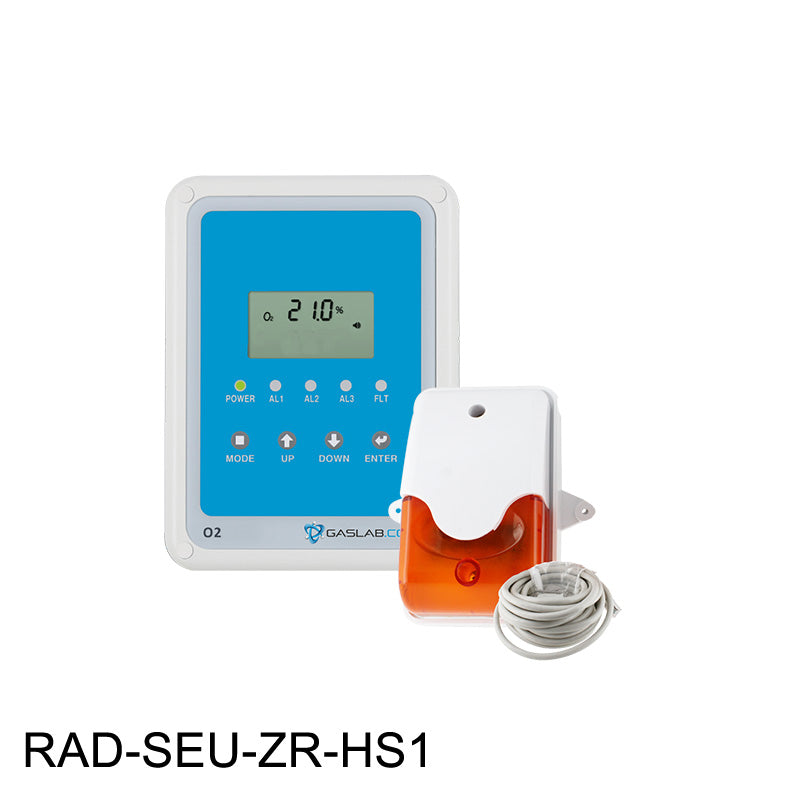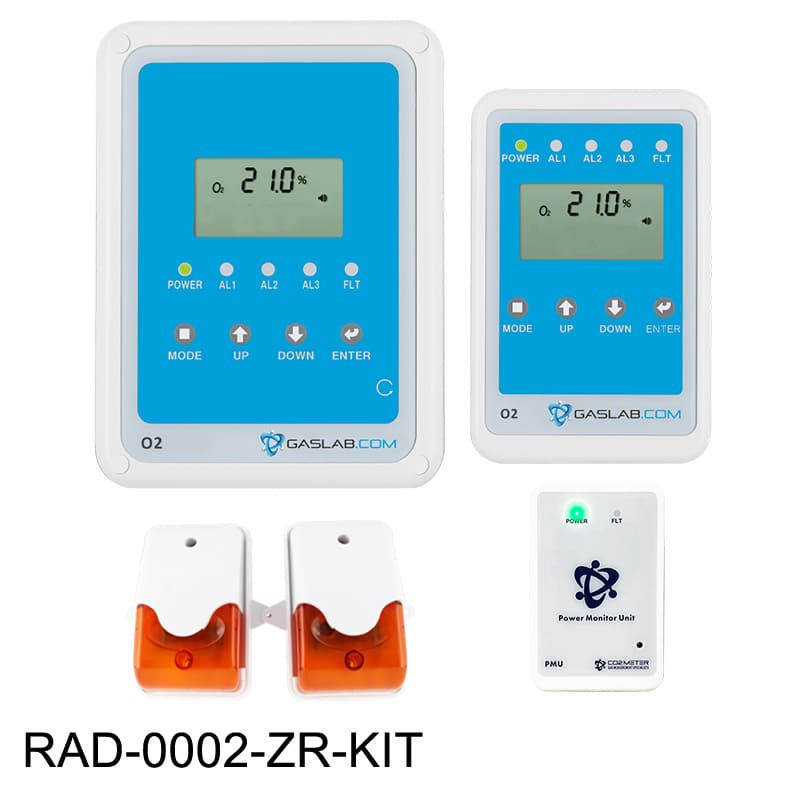Cryotherapy
Enhance Cryotherapy Safety with Oxygen Monitoring
Our oxygen level monitors and sensors meet OSHA requirements that safety monitors alert individuals if O2 levels fall below 19.5% by volume in enclosed areas.
Oxygen levels can drop quickly if there is a leak in a compressed gas system. Compressed gases like liquid nitrogen, nitrous oxide (N2O), and carbon dioxide (CO2) are used to achieve the extremely cold temperatures required for cryotherapy and cryogenics. In addition, and oxygen level monitor can also detect leaks in stored oxygen systems if the O2 level rises above 20.9% by volume.
For industrial applications, our MSC2 series of oxygen level monitors can measure multiple gases and report levels back to a central control facility.
Learn more about our oxygen level meters and sensors below.
-
fixed/wall mount
Oxygen Deficiency Depletion Safety Alarm
The Oxygen Deficiency Depletion Safety Alarm and Horn Strobes (formerly known as the RAD-0002-ZR) is a 0-23% room oxygen monitor designed...
$1,649.00 USD$1,649.00 USD$1,649.00 USD -
CO2 Monitor
O2 Industrial Gas Detector
The CM-902 O2 Industrial Gas Detector is designed to protect individuals working near hazardous gases like nitrogen, argon, chlorine, propane, nitrous oxide, or...
$1,439.00 USD$1,439.00 USD$1,439.00 USD -
fixed/wall mount
Fixed Oxygen (O2) Gas Detector (0-25%)
The Fixed Oxygen (O2) Gas Detector (MSC2 + SC2-E1195-A2-P-00) is designed to protect individuals near toxic gases in commercial and...
$1,519.00 USD$1,519.00 USD$1,519.00 USD -
CO2 Monitor
Industrial Stainless Steel O2 Gas Detector
The CM-902-S O2 Industrial Gas Detector is designed to protect individuals working near hazardous gases like nitrogen, argon, and helium in...
$1,889.00 USD$1,889.00 USD$1,889.00 USD -
Select options
The LOX-O2-F UV Flux 25% Oxygen Flow Through Sensor (formerly known as OX-0055) is designed to be used anywhere 0-25%...
1.0 / 5.0
(1) ( 1 )
$131.00 USD $179.00 USD$131.00 USD$131.00 USD $179.00 USD -
Select options
The LOX-O2 UV Flux 25% Oxygen Sensor (formerly known as OX-0052) is designed to be used anywhere 0-25% oxygen levels are...
5.0 / 5.0
(5) ( 5 )
$129.00 USD$129.00 USD$129.00 USD -
fixed/wall mount
Oxygen Enrichment Safety Alarm
The Oxygen (O2) Enrichment Safety Alarm is an ambient oxygen enrichment monitor which is simple to use and maintain. The...
$1,499.00 USD$1,499.00 USD$1,499.00 USD -
fixed/wall mount
Safety Strobe Tower
The Safety Strobe Tower provides a bright, flashing indicator and alarm sound for any of our CO2 or Oxygen Storage Safety Alarms....
$346.00 USD$346.00 USD$346.00 USD -
fixed/wall mount
Central Display Unit and Horn Strobe for Gas Safety Alarms
The Central Display Unit (CDU-HS1) for Gas Safety Alarms with Horn Strobe is designed to provide real-time visibility of CO2 or...
$399.00 USD$399.00 USD$399.00 USD -
fixed/wall mount
Single Sensor O2 Deficiency Monitoring System and Horn Strobe
The Single Sensor O2 Deficiency Monitoring System and Horn Strobe (RAD-SEU-ZR-HS1) includes CO2Meter’s remote oxygen deficiency sensor unit (no remote display)...
$1,029.00 USD$1,029.00 USD$1,029.00 USD -
fixed/wall mount
Complete O2 Deficiency Safety Monitoring Kit
The Complete O2 Deficiency Safety Monitoring Kit is a fully integrated O2 safety monitoring solution designed to detect hazardous oxygen, argon,...
$1,829.00 USD$1,829.00 USD$1,829.00 USD
Don't Take Our Word for it, Take Theirs

Matthew Weintraub
Plant Manager
"Your solutions meet the code requirements and because of you our facility is much safer."
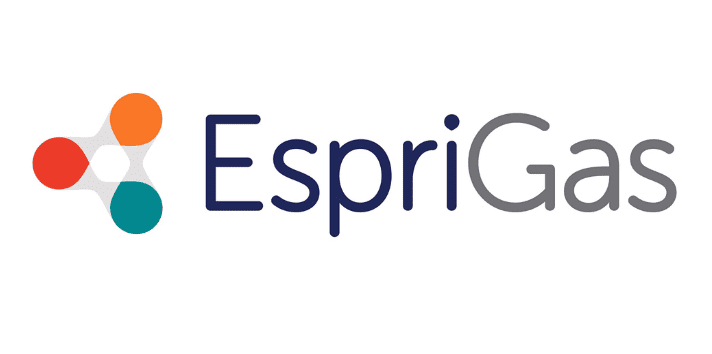
Angela Ihrig
Supply Chain Manager
"CO2Meter has helped protect 150+ of our customers sites and ensure they are compliant and safe."
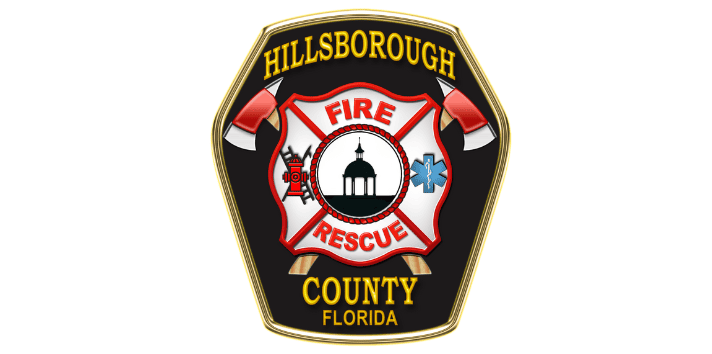
Michael Hudkins, CFPS
Fire Plans Examiner/Fire Inspector II
"I would recommend CO2Meter gas training to anyone, it inspired us to be keenly aware of what to inspect."

Keith Isoldi
Chief Operating Officer
"I have always worked with CO2Meter because they are the industry leader."
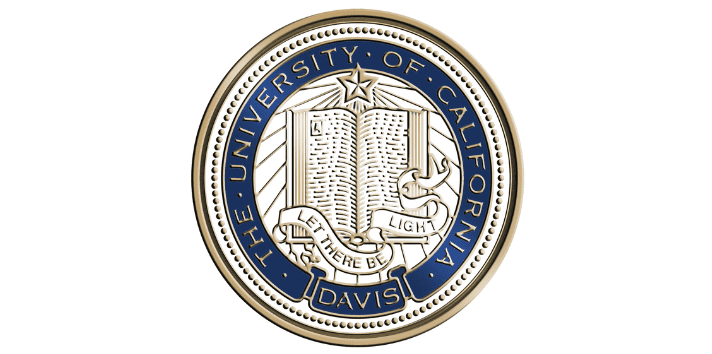
Kelly Kissock
Faculty Director
"Easy to install, Our CO2 tank gassed off and the meter near it worked perfectly!"
Stay Informed with Our Latest Updates
Subscribe to our newsletter for the latest news, product updates, and industry insights.
CO2Meter is working with our global supply chain to minimize disruptions
Due to imposed tariffs, Quotes will be honored for 24 hours and may require a revised PO
CO2Meter is working with our global supply chain to minimize disruptions
Due to imposed tariffs, Quotes will be honored for 24 hours and may require a revised PO
CO2Meter is working with our global supply chain to minimize disruptions
Due to imposed tariffs, Quotes will be honored for 24 hours and may require a revised PO
CO2Meter is working with our global supply chain to minimize disruptions
Due to imposed tariffs, Quotes will be honored for 24 hours and may require a revised PO
CO2Meter is working with our global supply chain to minimize disruptions
Due to imposed tariffs, Quotes will be honored for 24 hours and may require a revised PO
CO2Meter is working with our global supply chain to minimize disruptions
Due to imposed tariffs, Quotes will be honored for 24 hours and may require a revised PO
CO2Meter is working with our global supply chain to minimize disruptions
Due to imposed tariffs, Quotes will be honored for 24 hours and may require a revised PO
CO2Meter is working with our global supply chain to minimize disruptions
Due to imposed tariffs, Quotes will be honored for 24 hours and may require a revised PO
CO2Meter is working with our global supply chain to minimize disruptions
Due to imposed tariffs, Quotes will be honored for 24 hours and may require a revised PO
CO2Meter is working with our global supply chain to minimize disruptions
Due to imposed tariffs, Quotes will be honored for 24 hours and may require a revised PO
CO2Meter is working with our global supply chain to minimize disruptions
Due to imposed tariffs, Quotes will be honored for 24 hours and may require a revised PO
CO2Meter is working with our global supply chain to minimize disruptions
Due to imposed tariffs, Quotes will be honored for 24 hours and may require a revised PO
CO2Meter is working with our global supply chain to minimize disruptions
Due to imposed tariffs, Quotes will be honored for 24 hours and may require a revised PO
CO2Meter is working with our global supply chain to minimize disruptions
Due to imposed tariffs, Quotes will be honored for 24 hours and may require a revised PO
CO2Meter is working with our global supply chain to minimize disruptions
Due to imposed tariffs, Quotes will be honored for 24 hours and may require a revised PO
CO2Meter is working with our global supply chain to minimize disruptions
Due to imposed tariffs, Quotes will be honored for 24 hours and may require a revised PO
CO2Meter is working with our global supply chain to minimize disruptions
Due to imposed tariffs, Quotes will be honored for 24 hours and may require a revised PO
CO2Meter is working with our global supply chain to minimize disruptions
Due to imposed tariffs, Quotes will be honored for 24 hours and may require a revised PO
CO2Meter is working with our global supply chain to minimize disruptions
Due to imposed tariffs, Quotes will be honored for 24 hours and may require a revised PO
CO2Meter is working with our global supply chain to minimize disruptions
Due to imposed tariffs, Quotes will be honored for 24 hours and may require a revised PO
CO2Meter is working with our global supply chain to minimize disruptions
Due to imposed tariffs, Quotes will be honored for 24 hours and may require a revised PO
CO2Meter is working with our global supply chain to minimize disruptions
Due to imposed tariffs, Quotes will be honored for 24 hours and may require a revised PO
CO2Meter is working with our global supply chain to minimize disruptions
Due to imposed tariffs, Quotes will be honored for 24 hours and may require a revised PO
CO2Meter is working with our global supply chain to minimize disruptions
Due to imposed tariffs, Quotes will be honored for 24 hours and may require a revised PO
CO2Meter is working with our global supply chain to minimize disruptions
Due to imposed tariffs, Quotes will be honored for 24 hours and may require a revised PO

